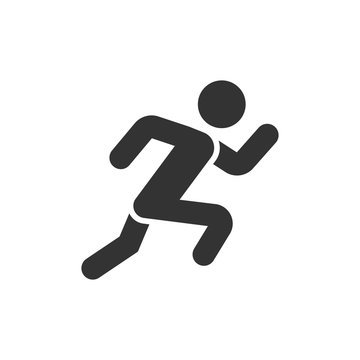Identify the Problem
Find out what’s exactly going on with you. Go through and learn the key exercises to start the healing process and get some hands on treatment so you can feel better right away!
Get a Plan (Fix the problem)
Address underlying weak links. Improve strength, flexibility and biomechanics.
Enjoy the Activities You Love
Get Stronger, more resilient and continue doing the activities you love
Lets Keep it Simple!
Most runners get fixated on the idea they need to stretch more and wear the fanciest shoes. These misconceptions are based on the hypotheses stretching and shoes can change the way you move and reduce injuries. Unfortunately, shoes and stretching do not affect injury rates despite much study.
I want to point you in a better informed direction based in science and best practices. In our workshop, I introduced you to simple yet effective training paradigms as well as methods to evaluate strength in key running muscles as well as identify biomechanical dysfunctions in running form. It is my mission build stronger, healthier and happier humans. I believe this starts with small investments in our well-beings like attending a workshop on a Sunday afternoon and showing up a few times a week to run and exercise.
Below are the links to the exercises as well as a regression and a progression from the ones we did in class together. In addition, I have included a blog regarding best strategies to improve shock absorption while running.
Calves:
Beginner: Double leg heel raises
Intermediate: Heel Raise with Foot on Step
Advanced: Single Leg Heel Raise
Advanced+: Heel Raise with Foot on Step holding weights in hands or overhead
Lateral Hip/Glute Medius:
Beginner: Side Plank
Intermediate: Lateral Slide
Advanced: Farmer’s March, or Side Plank with Hip Lift
Bridges
Beginner: Bridge
IntermediateBridge with March
Advanced Bridge with SLR
Advanced+: Feet Elevated Bridges
Squats
Beginner: Body weight or Goblet Squat
Intermediate: Single leg squat to Box or Reverse Lunge
Advanced: Bulgarian Split Squat (add weight if too easy)
Sample Strength Routine. Best performed 2 to 3 times a week unless in peak season then it is recommended to decrease to 1 to 2 times a week with lesser loads 1 to 2 weeks before a race. Some folks perform the strength workout on the same day as their quality sessions to maximize the following day(s) for recovery. If possible, it is recommended to give 48 hours between strength and quality sessions unless performing on the same day.
The basic format of the program is to have a heavy squat or dead lift followed by a lighter squat, or hinge movement (lunges are a squat movement and bridges and dead lifts are hinge movements). Then an exercise to work on lateral hip strength. And, finally an exercise for the calves. If you are tight on time, skip the lighter squat/hinge movement.
Day 1:
Goblet Squat 3 x 6-8
Bridge with March 3 x 16 total marches
Side Plank 3 x 30 seconds
Single Leg Heel Raises 3 x 12
Day 2:
Dead Lift or RDL 3 x 6-8
Reverse Lunge 3 x 6-7
Farmer’s March 3 x 30 seconds
Single Leg Heel Raises 3 x 12
Click here to access the pdf of the workshop’s slides
References from the class




